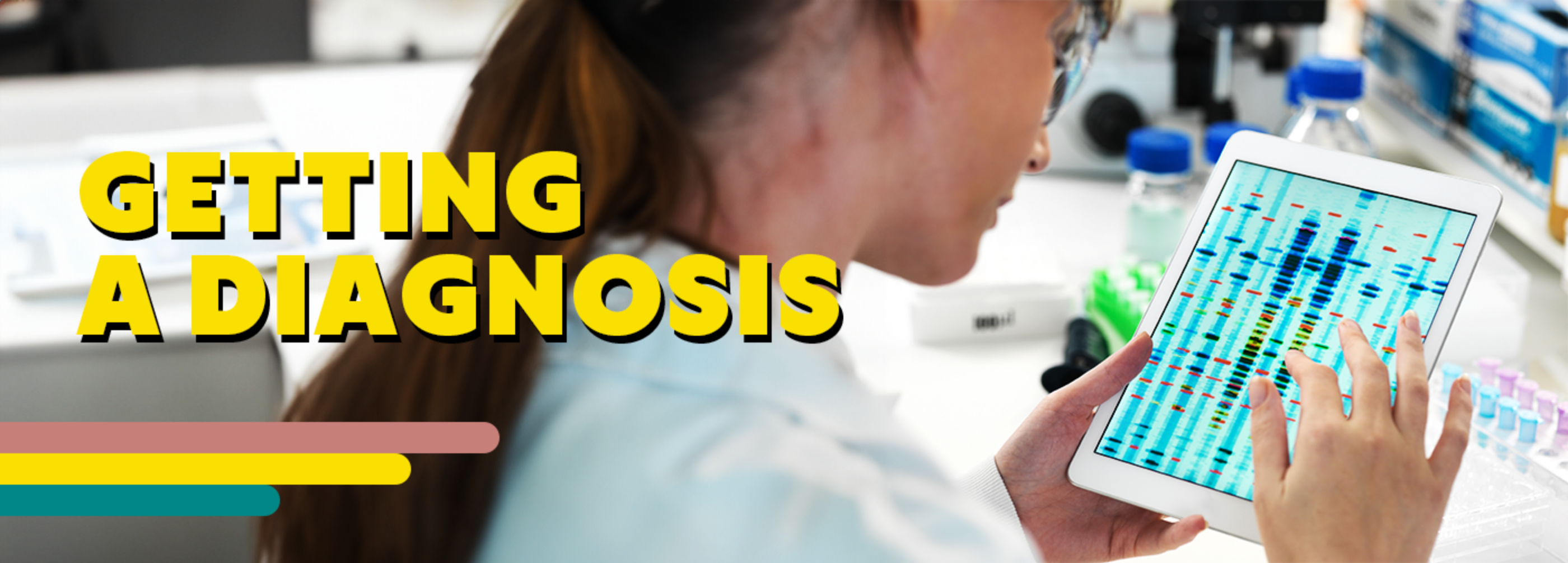Due to the complexity of mitochondrial diseases (mito), getting a diagnosis is not always easy. Mito is known as the ‘notorious masquerader’ because it can have a range of different symptoms that mimic many different illnesses. Securing a diagnosis can involve many tests, seeing a variety of doctors, and can sometimes take years. The delay to diagnosis is unacceptable.
The mito community, including many of IMP’s members, are working to raise awareness and educate healthcare professionals about mito. We hope this will help reduce the delay to diagnosis, gain care and treatment management for patients sooner and avoid the unnecessary physical and mental suffering that the delay can cause.


IMP is collaborating with researchers in Europe to create a Patient Journey for people with mitochondrial myopathies (muscle weakness). This journey aims to provide a guide for patients and clinicians to help them navigate the path from symptom to diagnosis and help reduce the time it takes to get the care a patient needs. It is hoped that this work will create a template for other types of mito in other healthcare systems around the world.

Healthcare systems around the world are different and the symptoms of mito are diverse and multiple. However, often the first steps in getting a diagnosis will involve visiting a general practitioner (GP), sometimes known as primary doctors, regarding initial symptoms.
Often GPs will view symptoms individually. However, as mito tends to cause multiple symptoms and can affect multiple organs, it is important for doctors to be aware of all symptoms. If you have symptoms associated with three or more organs and/or have any ‘red flag’ symptoms, it is important to talk to a GP about mito. (Red flag symptoms can include diabetes, seizures and ‘salt and pepper’ retinopathy.) The Mito Foundation in Australia has created a set of resources for people seeking a diagnosis and for GPs called ‘Maybe it’s Mito’.


Often the next step is for the GP to make a referral to a specialist, such as a neurologist, paediatrician or metabolic specialist.
Not all clinicians are familiar with mitochondrial diseases and recognise the possible symptoms. We recommend anyone who suspects mito but is unable to get a referral to a specialist to contact their local mito organisation, or IMP if there isn’t a national association. Our members can often recommend mito-informed clinicians.
If you have experienced any distress while seeking a diagnosis, please reach out to your local mito organisation (or contact IMP) to gain support. Sadly, you are not alone.

